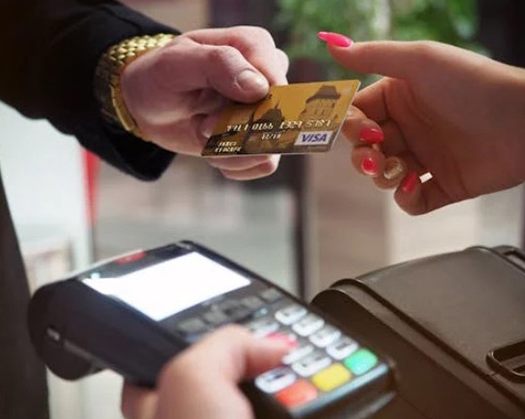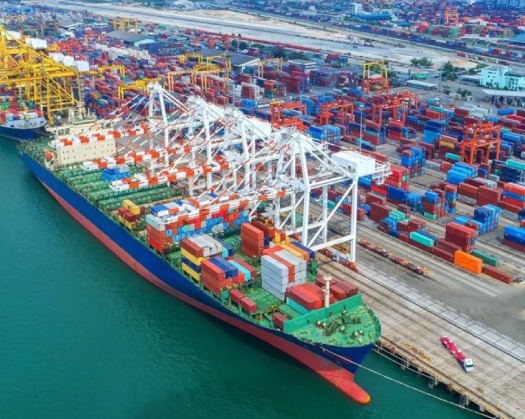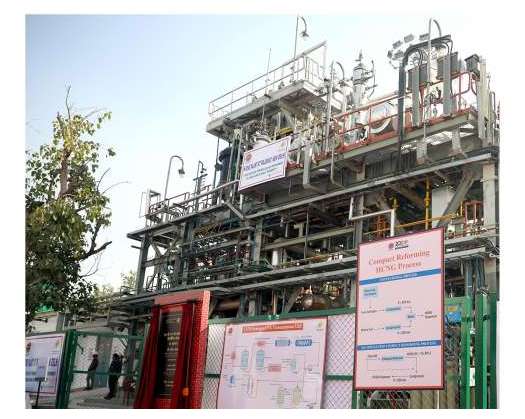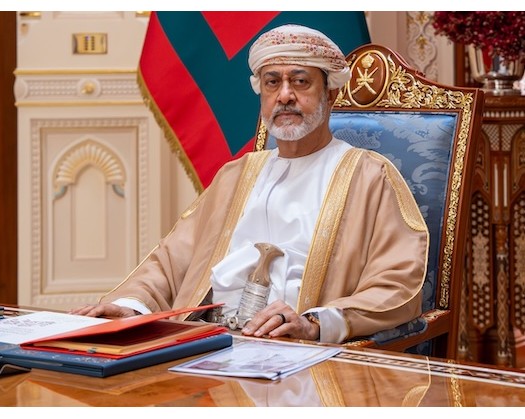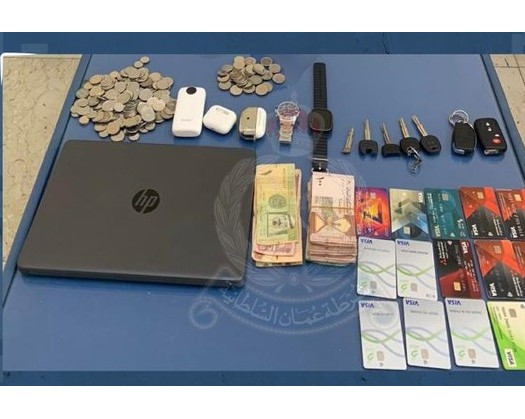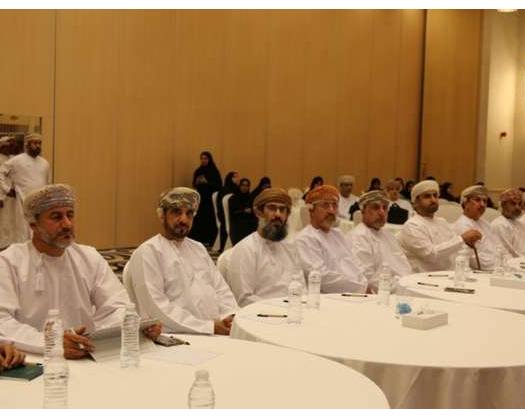New Delhi: The payments market in India is poised for significant growth in the upcoming year, with a projected increase of 11.3 per cent, expected to reach a total value of Rs 28.4 trillion (USD 344 billion) in 2024, as forecasted by GlobalData, a leading data and analytics company.
This anticipated growth is being driven by a rise in consumer preference towards non-cash transactions and supportive government initiatives aimed at enhancing financial inclusion and promoting the adoption of electronic payment methods.
GlobalData's Payment Cards Analytics report indicates a positive upward trajectory in card transactions within India. The market witnessed a notable increase of 27.1 per cent in card transaction value during 2022, primarily attributed to a surge in consumer spending.
This upward momentum continued into the first half of 2023, registering a 13.1 per cent growth, which cumulatively brought the total value of card transactions to Rs 25.5 trillion (USD 309.2 billion).
Ravi Sharma, the Lead Banking and Payments Analyst at GlobalData, highlighted the significance of declining cash usage and the burgeoning confidence among consumers in electronic payments.
Sharma stated, "The Indian card payments market is on the rise, as cash usage steadily declines. The government's initiatives, coupled with the growing consumer confidence in electronic payments, are instrumental in driving the expansion of card-based transactions."
"Supported by the government's push towards financial inclusiveness, particularly through the Pradhan Mantri Jan-Dhan Yojana (PMJDY) program, which includes the provision of low-cost bank accounts and debit cards, especially for the rural populace, alongside reductions in merchant service fees, there is a gradual shift from cash to card transactions," he added.
The Indian government's commitment to financial inclusiveness, notably through the PMJDY program, has played a pivotal role in fostering this growth.
This initiative, focusing on the provision of affordable banking solutions and debit cards, in particular for rural areas, has been complemented by reductions in merchant service fees, thereby encouraging the shift towards card-based payments.
Debit cards continue to dominate the payment landscape in India, propelled by the expanding population of banked individuals. Nevertheless, credit and charge cards accounted for a substantial 75.7 per cent of the total card transaction value in the year 2023.
The popularity of these cards is mainly attributed to the advantages they offer, including reward points, discounts, and the option for installment payments.
Furthermore, the surge in e-commerce activities has been a critical factor in the surge of card payments. Payment cards, encompassing debit, credit, and charge cards, together represented 24.6 per cent of the total value of e-commerce transactions in the year 2023, as per GlobalData's 2023 Financial Services Consumer Survey.
This growing inclination towards card payments reflects broader trends in online shopping.
To facilitate the broad expansion of electronic payments, the Reserve Bank of India (RBI) established the Payments Infrastructure Development Fund (PIDF) in January 2021.
The PIDF's objective is to deploy one million Point of Sale (POS) devices and enhance the acceptance of QR code payments by merchants. By November 2023, the initiative achieved a successful deployment of 827,901 POS terminals and 27.2 million QR code acceptance points.
The program, initially scheduled to conclude by 2023, has been extended to December 2025.
In the foreseeable future, the prospects for India's card payment sector appear exceedingly favorable. The industry is anticipated to demonstrate a robust compound annual growth rate (CAGR) of 11.1 percent during the period from 2024 to 2028. This momentum can be attributed to several critical factors, including the persistent governmental initiatives to foster financial inclusivity and the adoption of electronic payment methods, enhancements in the payment infrastructure, and the expansion of the e-commerce sector.
Sharma succinctly concluded, "Predictably, the total card payments market in India stands to witness a promising trajectory. During the specified timeframe, the market is projected to undergo substantial growth, propelled by the aforementioned factors."
Furthermore, he stated, "In totality, the value of the card payment market is set to exhibit a noteworthy compound annual growth rate (CAGR) of 11.1 percent from 2024 to 2028."

